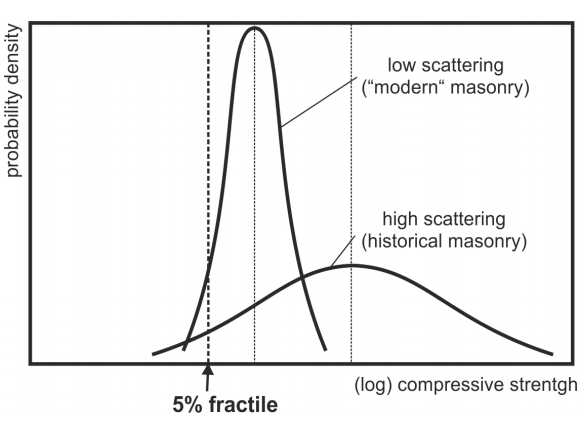Westermann, Carolin1; Wigger, Heinrich2 and Schulz, Jens-Uwe3
1 Research Associate and Ph.D. Candidate, Jade University of Applied Sciences, Ofener Str. 16/19, 26121 Oldenburg, Germany, carolin.westermann@jade-hs.de
2 Professor and Head of Institute of Material Science, Jade University of Applied Sciences, Ofener Str. 16/19, 26121 Oldenburg, Germany, heinrich.wigger@jade-hs.de
3 Professor, Ostwestfalen-Lippe University of Applied Sciences, Emilienstraße 45, 32756 Detmold, Germany, jensuwe.schulz@hs-owl.de
ABSTRACT
The durability of repointing is a recurring topic in the area of building preservation. The lack of preliminary analysis of the physical and mechanical properties of stone and historical mortar often results in repointing with a limited life-span. The primarily purpose of the tuckpointing is weather protection of facades. For this the mortar has to be free of cracks and it is particularly important that the bond between the mortar and stone is intact; otherwise the penetration of moisture increases. This would cause changes and damage to the material structure. Successful repointing requires a match of the new mortar to the existing masonry (stone and mortar). The composition of the mortar depends on material properties, material dimensions and environmental conditions. The scattering of material and geometric properties plays a minor role in existing prediction models. Currently a research project is developing a prediction model which takes the distribution of parameters into account. The goal is to be able to point out project-specific weak points and to identify material properties that have to be focused on. The application of an engineering model to predict the durability of a repointing is illustrated in this paper as well as the effect of taking the scattering of parameters into account.
097



